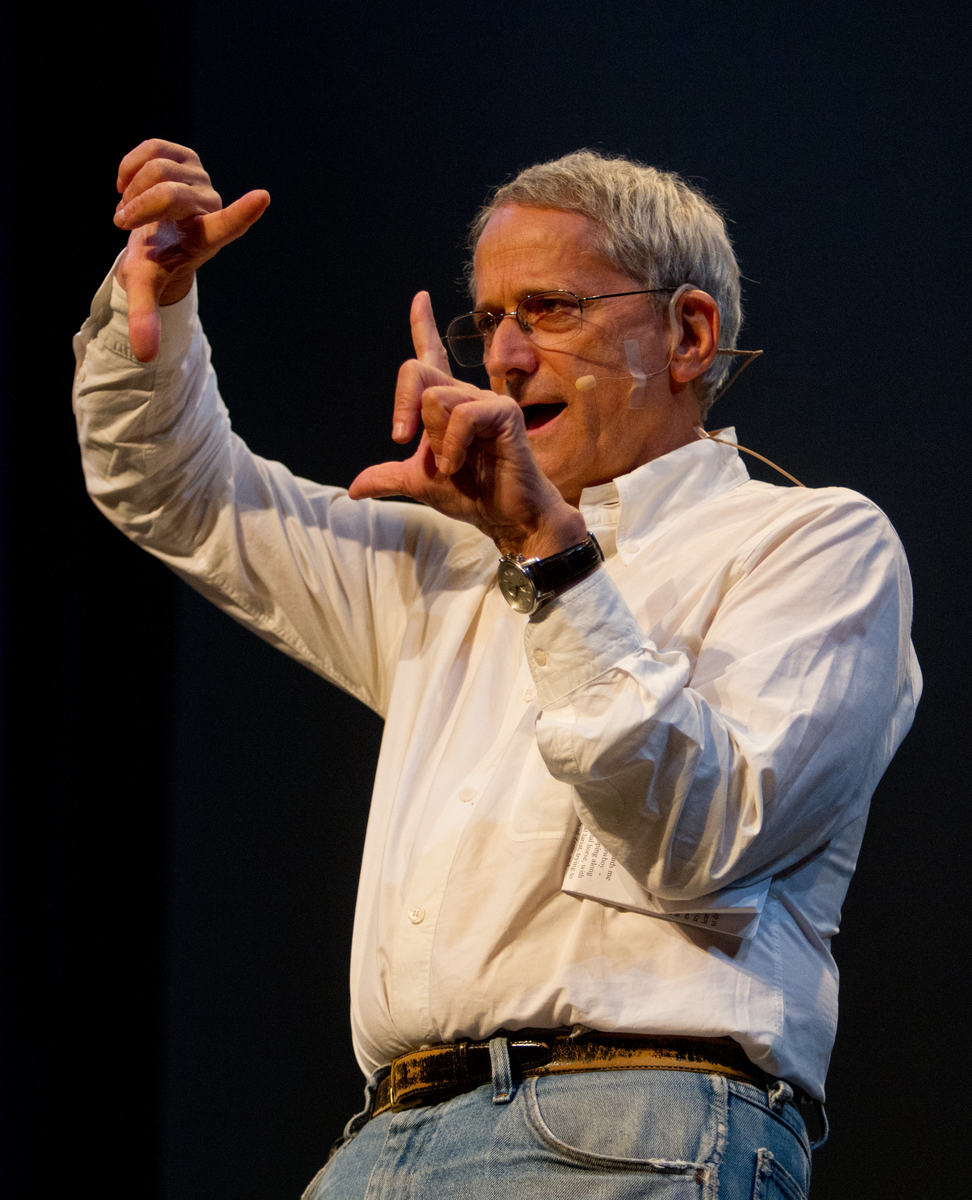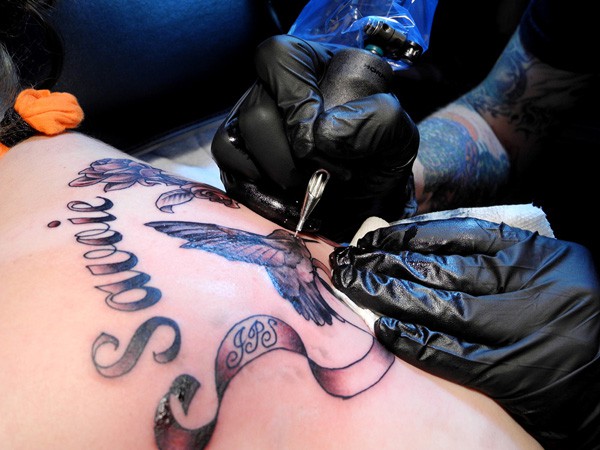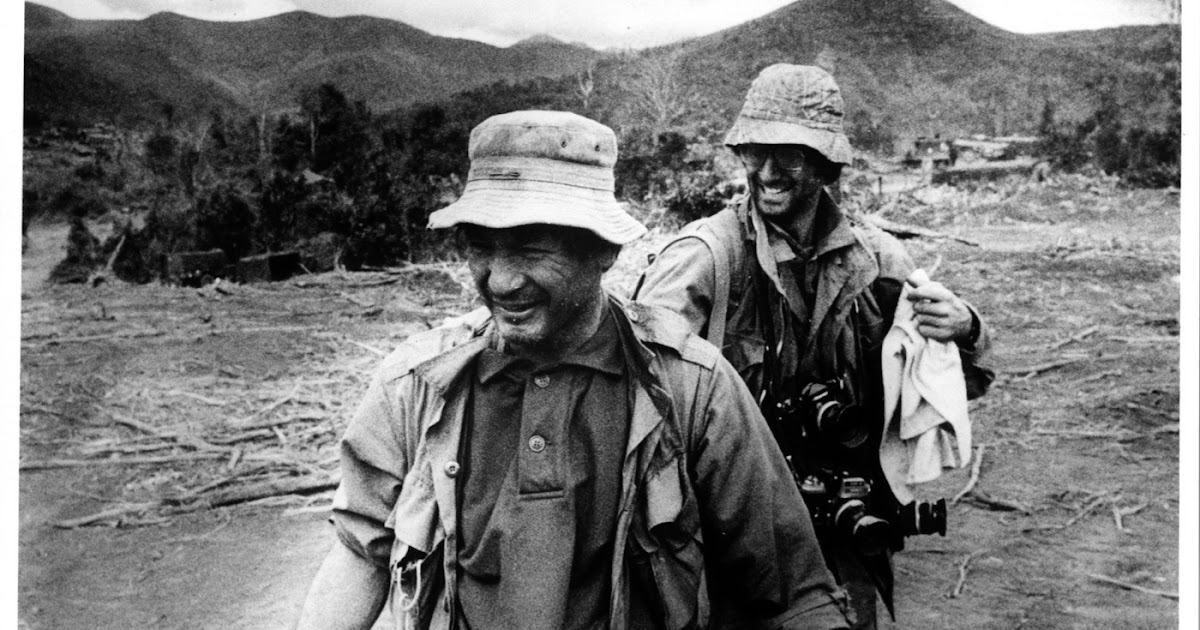Link: David Burnett | An Interview
“If You Could Find Other Ways In Photojournalism To Put Talented Groups Of People Together, Good Editors, Our World Would Be Damn Near Perfect.” —David Burnett

If you haven’t noticed, we’re surrounded by photography. We not only consume copious amounts of photography through social media and everywhere else online, but we’re just as likely to create photos on a daily basis – whether it’s with our DSLRs or phones
via PhotoShelter Blog: http://blog.photoshelter.com/2012/10/this-just-in-luminance-2012-speaker-videos/?utm_source=feedburner&utm_medium=feed&utm_campaign=Feed%3A+PhotoshelterBlog+%28PhotoShelter+Blog%29
From the most decorated of photographers (David Burnett, Zack Arais, Peter Yang), to the technologists who are redefining how photos are captured (leaders from 20×200, Lytro, Facebook Photos), Luminance provided a tremendous amount of thought provoking material, which we are excited to share with you with our Luminance 2012 Speaker Videos

David Burnett has photographed seven summer Olympics, creating a few iconic images along the way. In conversation, he remembers the misses and triumphs, and discusses his commitment to a different picture as London’s games approach.
via Lens Blog: http://lens.blogs.nytimes.com/2012/07/19/an-olympic-photographers-endurance/
David Burnett, of Contact Press Images, has photographed seven summer Olympics. He has previously been featured on Lens for his books on Iran and on Bob Marley as well as his photographs during the launch of Apollo 11. He spoke with James Estrin last week
On the 40th anniversary of the famous “napalm girl” picture that changed the tide in the Vietnam war, another photographer who was there and missed that picture reflects on the power of that image and on waiting for the moment.
via Washington Post: http://www.washingtonpost.com/lifestyle/magazine/forty-years-after-napalm-girl-picture-a-photographer-reflects-on-the-moment-that-might-have-been-his/2012/06/13/gJQAfoToeV_story.html
It’s difficult to explain to someone who has grown up in the world of digital photography just what it was like being a photojournalist in the all-too-recently-passed era of film cameras. That there was, necessarily, a moment when your finite roll of film would end at frame 36, and you would have to swap out the shot film for a fresh roll before being able to resume the hunt for a picture.
Interview by John Camp (Part I is here) John Camp: David, on your days off, do you walk around with a camera under your arm? David Burnett: About four years ago I needed a carry around camera, and ended up…
via The Online Photographer: http://theonlinephotographer.typepad.com/the_online_photographer/2012/03/burnett-part-ii.html?utm_source=feedburner&utm_medium=feed&utm_campaign=Feed%3A+typepad%2FZSjz+%28The+Online+Photographer%29
The one thing I think I would advise young photographers, in particular, is that in most cases no one can be as hard on you as you will be on yourself. Do not settle for easy. Do not settle for that first image. Craft it, work it, and make something more out of it. And finally, don’t forget that the biggest joy in photography is making pictures of those things in your own life
Interview by John Camp Introduction: I’m a writer—a novelist —and a few weeks ago my publishing company sent a well-known professional photographer out to Santa Fe to take my picture for the backs of upcoming novels…which shows a bit of…
via The Online Photographer: http://theonlinephotographer.typepad.com/the_online_photographer/2012/03/burnett.html?utm_source=feedburner&utm_medium=feed&utm_campaign=Feed%3A+typepad%2FZSjz+%28The+Online+Photographer%29
You can still make a living, but in so many aspects of editorial and commercial photography, the world has seen a quantum shift. A few people are doing extremely well, in most cases people who have not only talent with a camera but the ability to create an aura about themselves using social media and blogs. I am constantly amazed at the number of “comments” I see on some of the popular photo blogs. Dozens, sometimes hundreds of comments from what must truly be a large population of people with true photographic interest. Proof, I suppose that the photograph isn’t the only way to connect with your audience.

About a year and a half ago, Grover put out the following question to the pro photographer community: What digital point-and-shoot camera are you using? Knowing how fast technology changes, we figured it was time for an update. So we went back to several
via PhotoShelter Blog: http://blog.photoshelter.com/2011/11/digital-point-and-shoot-cameras-used-by-pros/?utm_source=feedburner&utm_medium=feed&utm_campaign=Feed%3A+PhotoshelterBlog+%28PhotoShelter+Blog%29
Knowing how fast technology changes, we figured it was time for an update. So we went back to several of the same photographers and asked them again, “What point-and-shoot camera do you use now and in your opinion, what’s the best point-and-shoot camera?” Several of the same big-name pros like Pulitzer Prize-winning photographer Brian Smith and photojournalist David Burnett gave their two-cents; we also posed the question on PhotoShelter’s Twitter and Facebook to get some fresh opinions.

I’m in Amsterdam, participating in the jury process for this year’s World Press Photo awards, probably the Premier awards in the field of ph…
Link: http://werejustsayin.blogspot.com/2011/02/to-photography-and-photographers.html
As they started to get aboard, I realized there would probably not be room, but that made no real sense to me, as I was working for TIME, and did absolutely NOT want to lose this scoop to the others there. They represented the main news organizations, Henri Huet of AP, Kent Potter of UPI, Larry Burrows from LIFE, and Keisaburo Shimamoto from Newsweek. Between them something like 35 years of experience in Viet Nam. So I kept trying to harangue the VN Army major who’d been tasked with taking care of the journalists. And the clearer it became that I might not get on that bird, the more worked up my pleas.
“Moving Stills” (1978) by Behnam Attar from David Burnett on Vimeo. Photojournalist David Burnett has posted on Vimeo “Moving Stills,” a film Behnam Attar made about the workings of the Contact Press Images photo agency in 1978. It has inspired both nosta
via PDNPulse: http://pdnpulse.com/2010/12/friday-fun-how-a-picture-agency-worked-circa-1978.html
Photojournalist David Burnett has posted on Vimeo “Moving Stills,” a film Behnam Attar made about the workings of the Contact Press Images photo agency in 1978
Contact Press Images photographer David Burnett spent 44 days in Iran in early 1979 covering the Iranian Revolution for Time magazine. In an exclusive CPN film interview he reveals the full story of photographing the Revolution.
DB speaking at Barnes & Noble in Bethesda, about 44 Day from David Burnett on Vimeo.
David Burnett speaking (the first 35 minutes) at Barnes & Noble in Bethesda, on occasion of the publication of “44 Days: IRAN and the Remaking of the World.”

CLICK NOTE: Click on FEATURE GALLERY to see the photos. It’s VERY EASY to miss.
Link: 44 Days: A Revolution Revisited – The Digital Journalist:
In the case of these photographs, they have lived happily, cared for in the file cabinets at Contact Press Images in New York for the past three decades. Now and then a picture would be licensed but for the most part, as a body of work it remained relatively untouched. Then, about two years ago, I returned from a trip to find that a small conference room at the agency had been papered with 5″x7″ Xerox copies of dozens of photographs from the Revolution. They had been taped up in the timeline sequence they were shot in, and for the first time, I realized that I was looking at the whole story all at once. The progression of the story was laid out, and it made total sense. Jacques Menashe, a reporter with Contact, and Robert Pledge, the director, had, in my absence, put together this visual narrative in a way that really told the story. We worked from this point forward, sharpening details about what happened where, and on which day, cross referencing with both contemporary news accounts and books written about the Revolution. In the end, when we presented the package to the book division at National Geographic a year ago, it was pretty much ready to go. And once they signed on, there were dozens of little detail items that we wanted to make sure were right. Between those accounts, my caption envelopes, and my sometimes fading memory, we managed to structure the book layout in a form which tries to tell the story in the timeline that unfolded. It is a book of history. Yes, photography is memory, and whatever else is written about the Iranian Revolution, and the ways in which it became the precursor for much of what has happened in the Middle East in the last three decades, this book will remain to tell that story.
We’re Just Sayin: The Genie Unleashed:
Thirty years ago last Christmas, I stepped off a plane in Tehran en route home from a story I’d done in the Pakistan territory of Baluchistan. Next to the mountainous exoticism of the Baluch frontier, Tehran seemed like an almost quiet place. I’d known of the unrest there in recent days, and the large-scale shootings at a pro-Khomeini rally in September 1978, but I had no real idea as I rode from the airport into the city what lay ahead. Within hours I found myself in the middle of a series of big demonstrations, shots fired, positions taken, and I realized that this story was for real. The Revolution was definitely on.

by David Burnett
We had been lingering on the edge of battle in this small village when a droning noise came out of the distance. Two A-1 Skyraider planes, with Vietnamese Air Force (VNAF) markings started circling Trang Bang. After a couple of passes they began diving towards the village. I had finished the first roll of film in my Leica III, and had started to reload. The planes came in, lumbering along as they do, and dropped big canisters of napalm. Moments later there was a fiery explosion, and a large fireball erupted on the edge of the village near a pagoda, followed by billows of dark smoke. I was still struggling to slide the Tri-x into my Leica, with one eye watching the planes and one on the camera. The planes made a couple of passes, the film still resisting to go into that narrow loading slot on the Leica. Then, all of a sudden everything changed.
This little video by David Burnett gives you a pretty good idea of the experience from the photographers point of view.

photo by David Burnett
Most photojournalists like to feel that what they do in their work has some historic sense to it. I mean, we’re photoJOURNALISTS. We like to think that our pictures are, as we often say, the “first draft of history.”